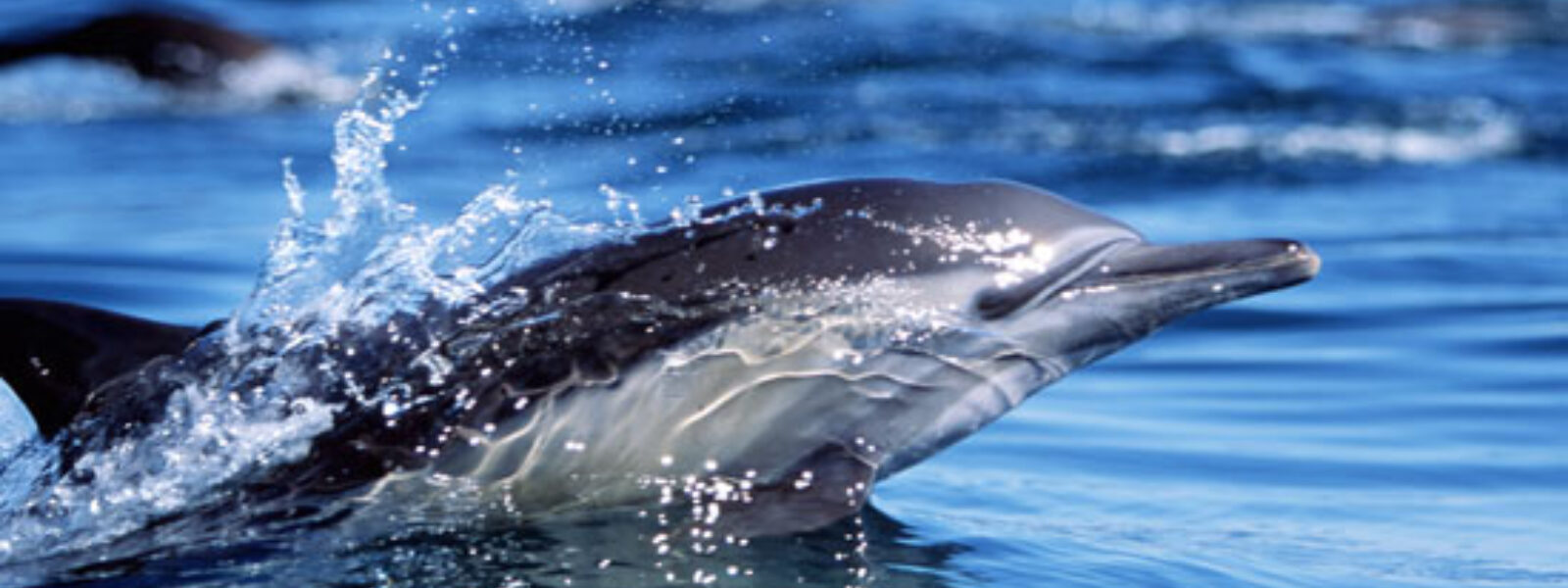

Susan Casey, who has written best-selling books about ocean waves (and the surfers who seek out the biggest waves) and great white sharks around San Francisco’s Farallon Islands, produced this latest book, “Dolphins: Voices in the Ocean” for young adults. “Dolphins” is based largely on her bestselling book “Voices in the Ocean: A Journey into the Wild and Haunting World of Dolphins”, providing a short-hand version of the latter without losing any of the interest of the original book.
Casey began her exploration when, bereaved at the loss of her father, she swims into the ocean and is suddenly surrounded by a school of spinner dolphins that keep pace with her.
“When I saw the pod, I felt joy. I felt awe. And I felt the slightest bit frightened, through the dolphins were not scary,” she writes. “I felt their beguiling mystery. I felt a sense of bottomless wonder.” That experience started her off on her quest to learn about dolphins and investigate what it is about dolphins that so draws people to them.
“Dolphins” is Casey’s account of her two-year exploration of the world of dolphins all around the globe. She talks to researchers in Utah and Hawai’I, joins a New Age group for dolphin swims wherein the participants believe that dolphins communicate telepathically with them, and visits dismal facilities involving captive dolphins that are trained to like people.
Casey joined a dozen volunteers and myself in Taiji, the sad town in Japan that continues to slaughter dozens of dolphins every year, selling some at exorbitant prices to aquariums in Japan, the Middle East, Russia and China. Taiji has become infamous due to the Oscar-winning documentary, “The Cove.” She confronts the extreme nationalists who insist that Japan continue to kill whales and dolphins largely as a response, not to need or economics, but a response to opponents in other countries whom the Japanese see as “oppressing” them by speaking out against the cruel and very bloody dolphin hunts.
Casey also confers with dolphin brain expert Dr. Lori Marino, whose work has shown just how hard captivity is on dolphins, separating them from their families and their ocean homes in return for a lifetime of working each day doing repetitive tricks for entertainment and living in sterile concrete tanks. Dr. Marino’s detailed studies of dolphin brains show that these brains, larger than our own, are complicated enough but still mysterious as to how dolphins use all that brain power?
Throughout, Casey describes the people and places where dolphins are revered, studied, and sought out. She notes how often dolphins are involved in saving humans, something rarely seen in other wild animals.
Near Malibu, Casey discusses dolphins with a leader of the Chumash Indians, a tribe that looks upon dolphins as their ancestors.
And Casey heads to the Greek Islands of Santorini and Crete, where the Minoan civilization painted and constructed depictions of dolphins on wall murals, table ware and mosaics about 3,800 years ago.
“Dolphins” is an excellent book for young readers to find out about dolphins from many perspectives. The selected references at the end provide additional sources for further study, as well as a listing of environmental organizations that seek to help dolphins, whales, and their ocean homes.
“Dolphins” is available in books stores and online.
Dolphin Photo by Michael Nolan.